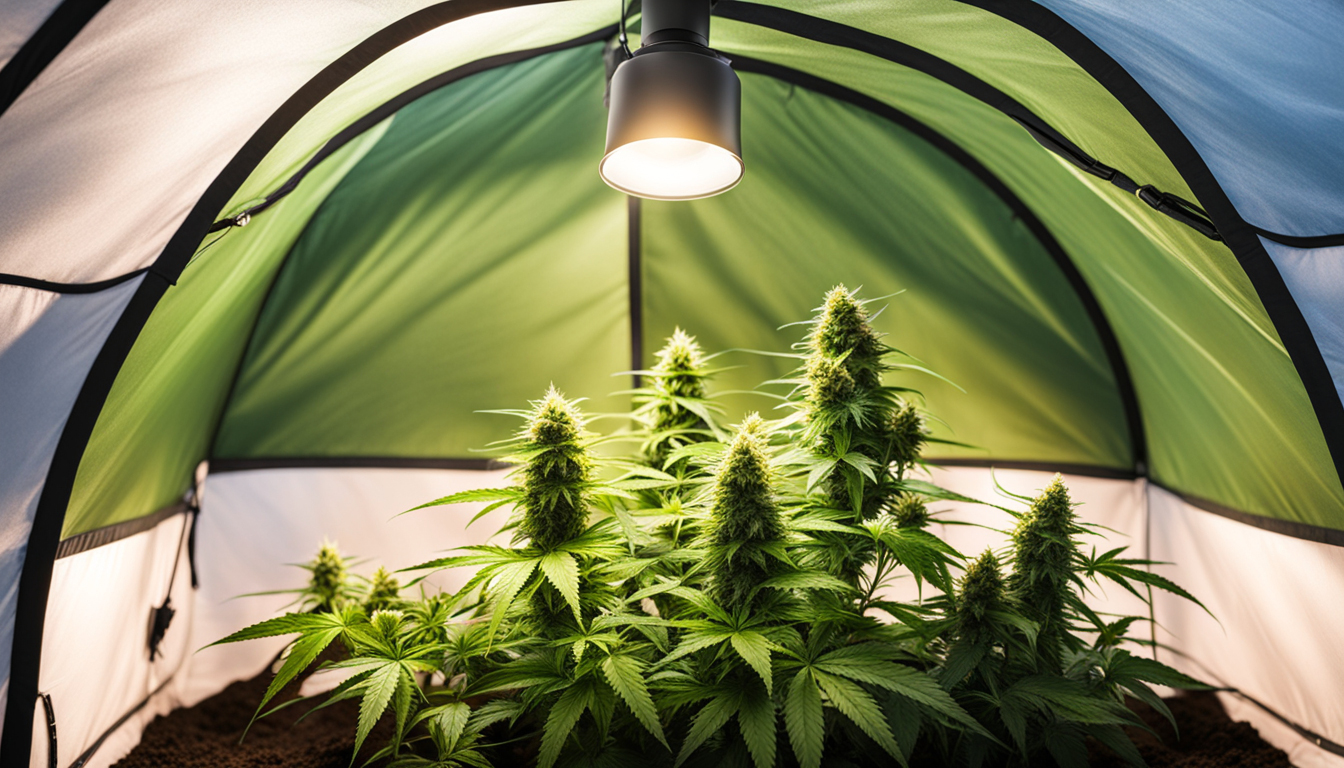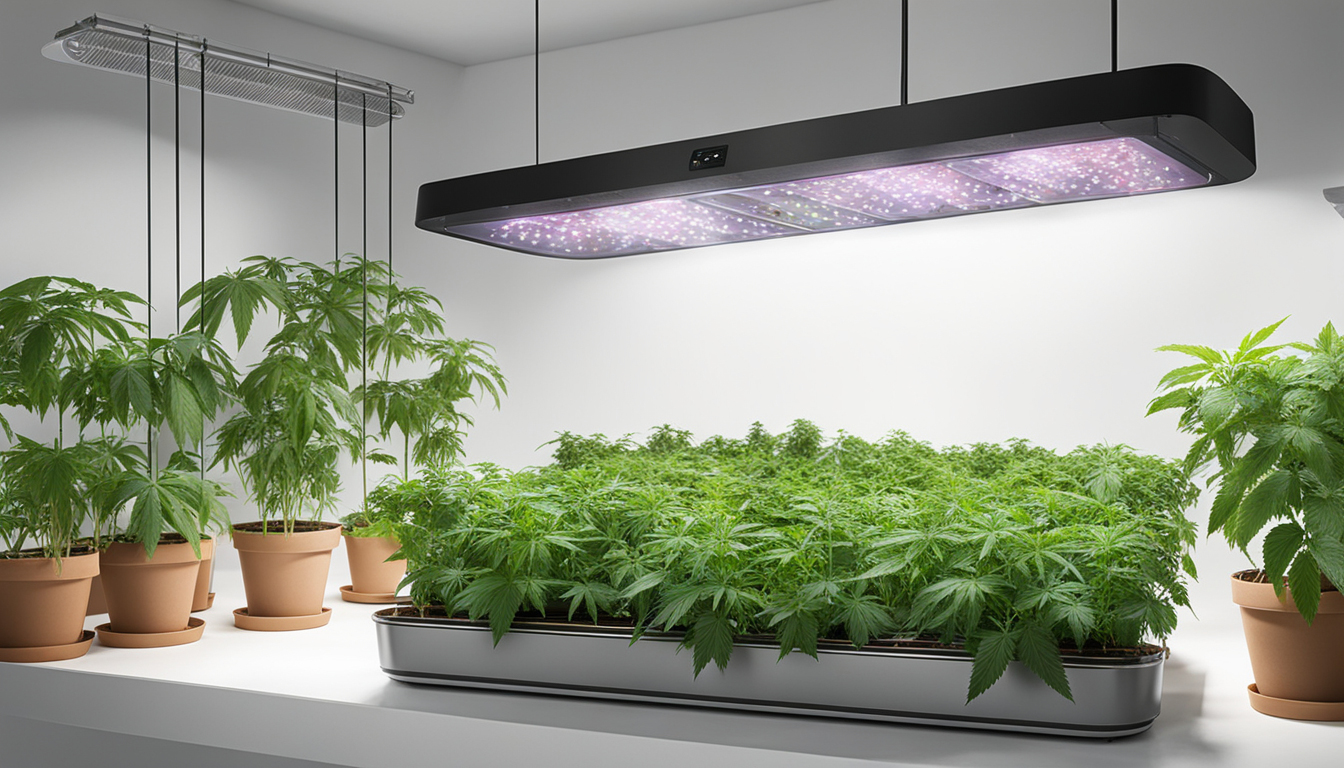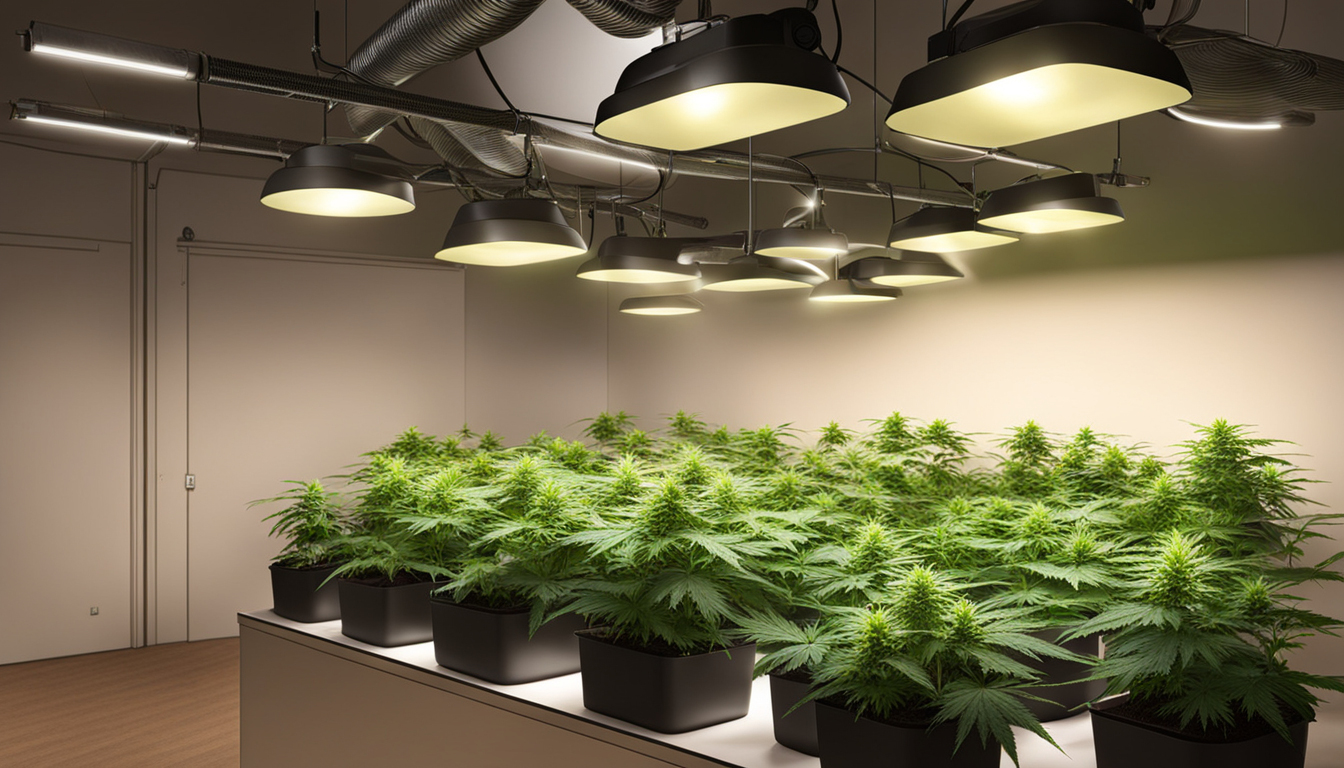
Whether you're beginning pot production or looking to improve your existing harvest, following this complete guide will help you produce big, high-quality yields right at home. With the right gear, techniques, and care, cultivating pot indoors can be an extremely satisfying and cost-effective endeavor.
Choosing Weed Strains
The first step in planning your indoor grow is choosing the right marijuana varieties to cultivate. The three main types of pot plants each have their own qualities.
Sativas
Known for their energizing mental effects, these strains grow tall and slender with narrow leaves. They thrive in tropical tropical climates and have a longer flowering time between 10-12 weeks indoors. Top energizing varieties include Sour Diesel, Durban Poison, and Jack Herer.
Indicas
These strains provide calming full-body effects and grow short and bushy with wide leaves. Adapted to cooler mountain climates, they flower faster within 2-2.25 months. Popular indica strains include Northern Lights, Bubba Kush, and Bubba Kush.
Hybrids
Hybrid varieties blend traits from both sativas and relaxing strains. They offer combined effects and have medium blooming periods around 2.25-2.5 months. Popular hybrids are Blue Dream, OG Kush, and Blue Dream.

Setting Up Your Grow Space
Cannabis plants need the right controlled environment to thrive. Key factors for indoor grows are lights, airflow, layout, and finding the ideal discreet spot.
Location
Choose an available space with quick access to irrigation and electrical outlets. An empty extra bedroom, unused closet, basement corner, or cultivation tent locked away in a garage all make great hidden cultivation room spots.
Lighting
Marijuana requires intense light for all growth stages. LEDs are energy-efficient and come in broad spectrum options replicating real sunlight. Cover 250-400 watts per square foot for the vegetative stage and 400-600 watts per square foot for flowering.
Airflow
Proper airflow and exhaust systems maintain ideal temp, humidity, and fresh CO2 levels. Set up low-noise 4-6 inch blowers or scrubbers to refresh stale air and reduce odors.
Layout
Maximize your space by arranging plants strategically under the lamps and allowing room to access and work around them. Set up separate zones for growth, bloom, drying, and propagation.

Growing Mediums
Marijuana can be cultivated in various substrates, each with benefits and cons. Pick a suitable option for your specific setup and growing style.
Soil
The classic medium, soil is cheap and easy for new growers. It provides great flavor but requires more watering and fertilizing to nourish plants. Amend soil with perlite or coco to improve drainage.
Coconut coir
Made from coir, renewable coconut fiber holds water but still lets in air to the roots. It's more sterile and more consistent than soil. Use coir-specific nutrients to avoid calcium buildup.
Hydroponics
In hydro systems, plant roots develop right in fertilizer irrigation solution. This enables quick development but needs careful monitoring of water chemistry. Deep water culture and irrigation systems are popular methods.
Sprouting Seeds
Sprouting prepares your cannabis seeds to begin sprouting taproots. This prepares them for planting into their cultivation medium.
Towel Method
Put seeds between wet paper towel and maintain them damp. Inspect after a week for emerging taproots indicating germination is complete.
Planting directly
Insert seeds right into wetted cultivation medium 6mm deep. Gently water and wait 7-14 days until seedlings break through the top.
Cubic rockwool
Soak cubic rockwool starters in pH-adjusted water. Place seeds 6mm deep into the cubes. Keep cubes wet until sprouts appear within 1-14 days.
Transplanting Seedlings
Once sprouted, marijuana young plants need to be repotted to avoid overcrowding. Move them into appropriately sized containers.
Preparing Containers
Fill large containers with Find Out More cultivation medium enriched with slow-release nutrients. Allow pots to soak up water for 8-12 hours before repotting.
Carefully Transplanting
Gently separate seedling roots from germination medium using a spade. Put into pre-soaked container at same depth as before and lightly water in.
Vegetative Stage
The growth stage encourages foliage and plant structure through 18-24 hours of daily lighting intensity. This stage usually lasts 4-8 weeks.
Providing 3/4 to full day of Lighting
Use lamps on a 24 hour cycle or outdoor light to initiate nonstop photosynthesis. Light output influences height and node distance.
Fertilizing
Use grow stage fertilizers higher in nitrogen. Make sure pH remains around 5.8-6.3 for proper nutrient uptake. Fertilize 1⁄4 to 1⁄2 strength after 2 weeks and strengthen slowly.
Training Techniques
Topping, LST, and trellising manipulate growth shapes for even canopies. This boosts yields.

Flowering Stage
The blooming stage develops buds as plants reveal their sex under a 12/12 cycle schedule. It lasts 2-3 months depending on variety.
Changing Light Schedule
Change grow lights to 12/12 or move outdoors for outdoor 12/12 timing. This triggers plants to begin flowering.
Flushing
Flushing flushes out nutrient salts to enhance taste. Fertilize lightly the first weeks then just use pH'd water the final 2 weeks.
Flushing
Maintain 12/12 light timing but leach using pH-balanced water only. Return to plain watering if buds aren't yet ripe after two weeks.
Harvesting
Recognizing when weed is completely mature ensures maximum potency and aroma. Harvest plants at optimal ripeness.
Identifying Ripeness
Check swollen calyxes, faded pistils, and 10-15% cloudy trichs. Check buds across the plant as they won't all ripen evenly.
Cutting Plants
Use sterilized, razor-sharp pruning shears to carefully slice each plant at the base. Leave several inches of stalk attached.
Curing
Hang intact plants or colas upside down in a dark room with moderate temp and humidity around 50-60% for 1-2 weeks.
Curing
Curing keeps desiccating while aging the buds like fine wine. This technique mellows harshness and further develops terpene contents.
Jars and Humidity
Manicure cured buds from stems and place into glass jars, packing about 75% capacity. Use a hygrometer to measure container moisture.
Burping Daily
Open jars for a short time each day to slowly lower humidity. Rehydrate buds if RH drops below 55%.
Final Cure
After 2-3 weeks when moisture levels off around 55-65%, perform a final manicure and keep forever in sealed jars.
Common Problems and Solutions
Even experienced cultivators run into different cannabis plant problems. Identify issues soon and fix them correctly to keep a healthy garden.
Nutrient Deficiencies
Yellowing leaves often signify inadequate nitrogen. Anthocyanins and leaves signal phosphorus deficiency. Check pH and increase nutrients gradually.
Bugs
Thrips, aphids, fungus gnats, mites, and nematodes are common cannabis pests. Use neem oil sprays, ladybugs, and sticky traps for organic control.
Powdery mildew
Excessive moisture promotes botrytis and root rot. Increase circulation and venting while reducing RH under 50% during bloom.

Conclusion
With this complete indoor weed cultivation guide, you now have the knowledge to cultivate bountiful strong buds for personal harvests. Follow these techniques and methods during the germination, vegetative, and flowering stages. Invest in good gear and closely monitor your plants. In time, you'll be rewarded with sticky fragrant buds you raised yourself under the loving care of your green thumbs. Happy growing